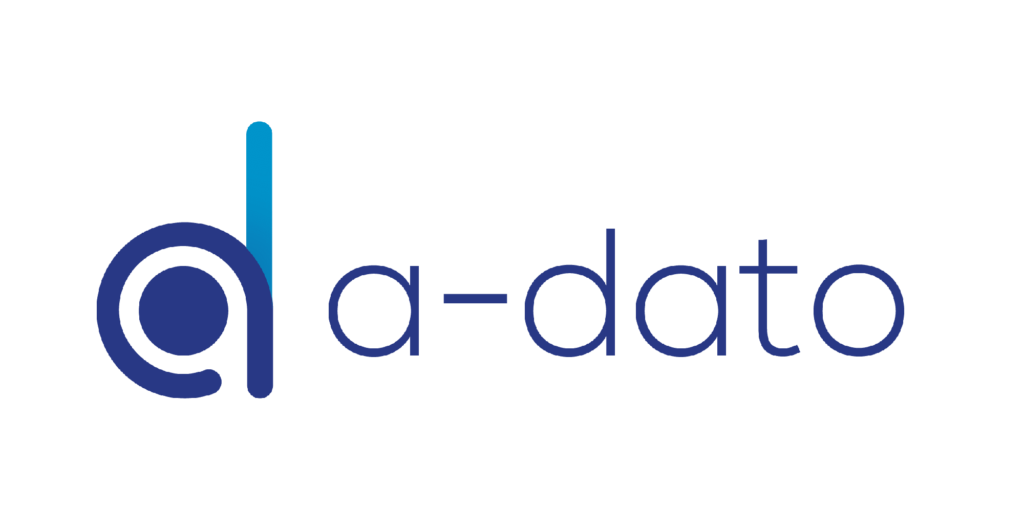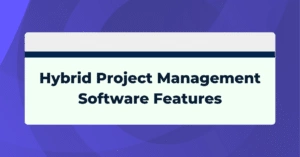Hybrid project management effectively streamlines project management by blending traditional methods with Agile practices. In this guide, we will not only clarify hybrid project management but also illustrate how it substantially enhances project execution.
What is Hybrid Project Management?
Hybrid project management combines traditional frameworks with Agile’s iterative approach. By leveraging both systems’ strengths, it meets the diverse and changing needs of modern projects. Importantly, this method ensures robust and adaptable management.
“Hybrid project management combines the best of both worlds. It offers flexibility without compromising the strategic framework of projects,” explain Reiff & Schlegel (2022).
The Benefits of Hybrid Project Management
- Flexibility and Control: It merges the traditional structure with Agile adaptability. Consequently, projects remain on track even as requirements evolve.
- Enhanced Risk and Resource Management: This method significantly improves risk management and resource allocation. Hence, projects become more resilient and adaptable.
Tips and Strategies for Implementation
- Embrace Flexible Planning: Given that projects are dynamic, it’s crucial to develop plans that are adaptable yet firm.
- Champion Iterative Development: By dividing projects into manageable phases, this strategy allows for rapid adaptation and ongoing alignment with goals.
- Deepen Stakeholder Engagement: Moreover, regular communication with stakeholders ensures alignment with business objectives and compliance standards.
- Integrate Diverse Methodologies: Additionally, blending different methodologies provides necessary control and flexibility, essential for managing unexpected challenges.
- Leverage Advanced Technology: Finally, tools like LYNX are invaluable. They ensure projects are managed timely and in compliance with regulations.
Hybrid Project Management Software: LYNX
LYNX stands out as a pivotal tool in this space. It skillfully blends the discipline of traditional methods with Agile’s responsiveness, thus empowering teams to manage project complexities effectively.
Enhancing Project Visibility and Focus
One major challenge in this space is maintaining a clear overview while focusing on high-value tasks. LYNX addresses this by providing essential data clearly and promptly. Consequently, all team members understand project priorities and deadlines, which minimizes distractions and optimizes resource allocation.
Real-Time Tracking for Agile Response
Furthermore, LYNX offers real-time tracking of projects. This feature enables project managers and teams to monitor progress and make informed decisions swiftly, adapting to changes and challenges with agility.
Deepening Stakeholder Engagement
In addition, keeping stakeholders informed and engaged is crucial. LYNX supports this endeavor with regular updates and comprehensive reporting. This ensures that stakeholders are well-informed, and their feedback is integrated into the project workflow.
Leveraging Historical Insights for Future Success
Moreover, LYNX provides robust capabilities to track and store project history, invaluable for post-project reviews and continuous improvement. Teams use past insights to refine future project management practices.
Conclusion
Ultimately, hybrid project management is indispensable for organizations navigating complex project landscapes. It balances structure and flexibility, leveraging both traditional and agile practices. LYNX supports this with features tailored to hybrid projects, where balancing rigorous structure with adaptability is key to success.
Frequently Asked Questions
- What distinguishes hybrid project management (HPM) from traditional methods? It combines traditional structured methods with Agile’s adaptive nature, thus allowing flexible execution.
- How does LYNX support HPM? LYNX integrates various methodologies, thereby enhancing visibility, enabling real-time tracking, and maintaining stakeholder engagement.
- Can hybrid project management be applied in any industry? Indeed, it is versatile enough for various project types and complexities across sectors.
- What are the key benefits of HPM? These include enhanced flexibility, improved risk management, and the dynamic ability to adapt to changes.
- How do I start with HPM? Begin by assessing your project’s needs, select a flexible tool like LYNX, and integrate suitable methodologies.


















